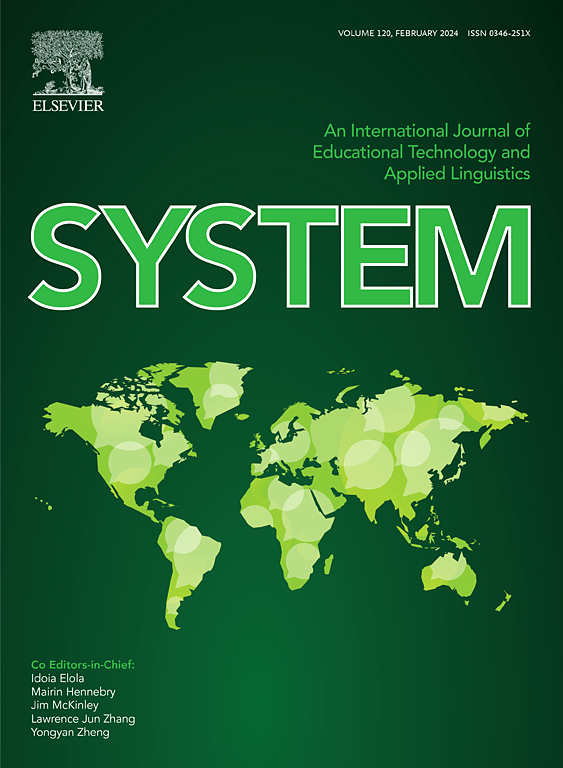Recognizing the artificial: A comparative voice analysis of AI-Generated and L2 undergraduate student-authored academic essays
IF 4.9
1区 文学
Q1 EDUCATION & EDUCATIONAL RESEARCH
引用次数: 0
Abstract
Recent developments in AI content generation software have rendered human-authored texts indiscernible from AI-generated ones. This progression introduced challenges in the academic field, raising concerns over the devaluation of academic integrity. As an inevitable aspect of written texts and an indicator of writing identity, authorial voice is a potential distinguishing factor between both text types. Given this, the researchers examined the differences in the authorial voice of student-written and AI-generated essays using 12 student-written academic essays and 12 AI-generated academic essays. The samples were coded and analyzed using Lehman and Sułkowski's (2020) Voice Analytic Rubric. The findings revealed that Collective (C) voice was the dominant voice in student-written essays whereas AI-generators primarily employed Individual (I) voice. Further comparison and closer analysis showed that: a) I-voice is not the consistent dominant textual identity for AI-generated texts; b) AI-generated text is closer to an expert's writing whereas student-written are closer to a novice's; and c) the writing style of AI-generated texts lean toward predictability. These findings contribute to understanding students' authorial voice construction vis-a-vis the relatively underexplored authorial voice of large language systems.
求助全文
约1分钟内获得全文
求助全文
来源期刊

System
Multiple-
CiteScore
8.80
自引率
8.30%
发文量
202
审稿时长
64 days
期刊介绍:
This international journal is devoted to the applications of educational technology and applied linguistics to problems of foreign language teaching and learning. Attention is paid to all languages and to problems associated with the study and teaching of English as a second or foreign language. The journal serves as a vehicle of expression for colleagues in developing countries. System prefers its contributors to provide articles which have a sound theoretical base with a visible practical application which can be generalized. The review section may take up works of a more theoretical nature to broaden the background.
 求助内容:
求助内容: 应助结果提醒方式:
应助结果提醒方式:


